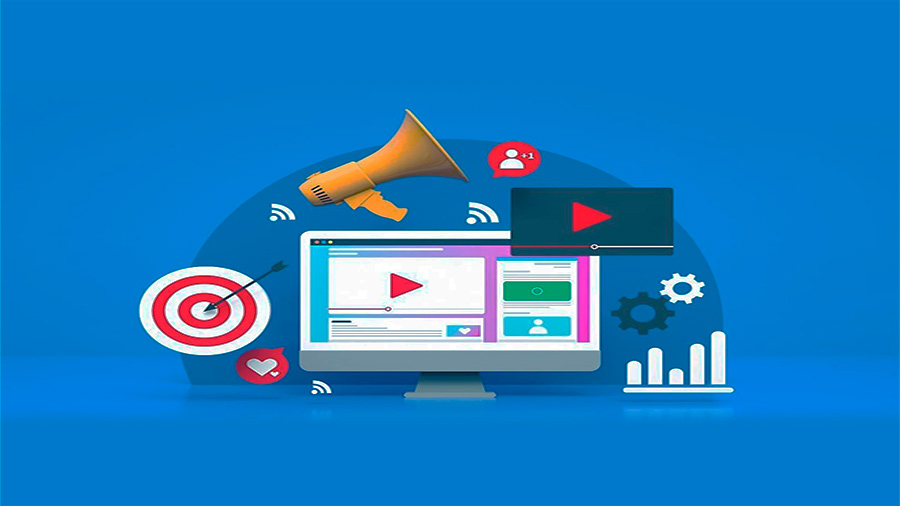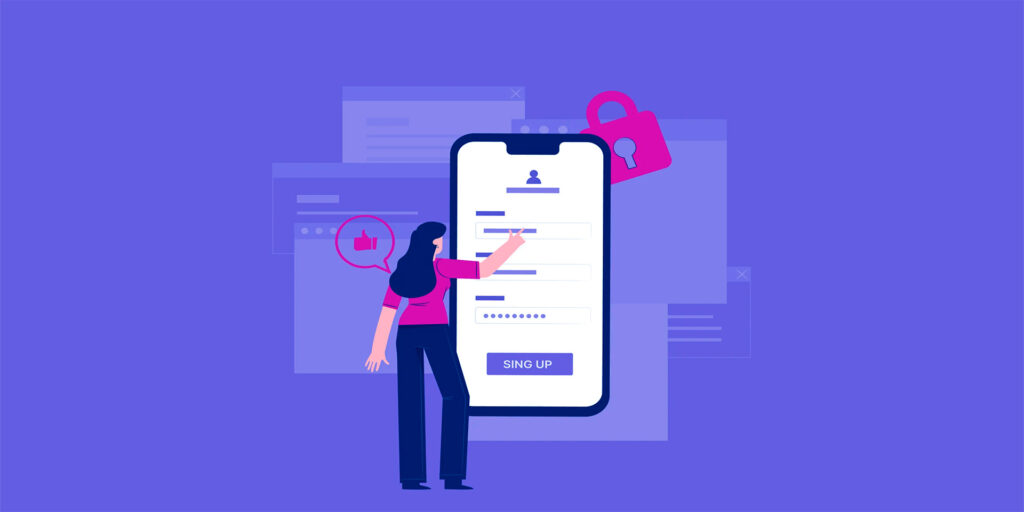In the digital age, social media has become an indispensable tool for marketing businesses of all kinds, including IT companies. Effectively leveraging social media platforms can help you reach a wider audience, engage potential customers, and drive business growth. This article explores how to use social media to market your IT business, offering tips on creating engaging content and running successful ad campaigns.
The Power of Social Media for IT Businesses
Social media provides a unique opportunity to connect with potential clients, showcase your expertise, and build a loyal customer base. With billions of active users across various platforms, social media allows IT businesses to engage directly with their target audience in a cost-effective manner.
Expansive Reach
Social media platforms such as LinkedIn, Twitter, Facebook, and Instagram offer expansive reach, enabling you to connect with a diverse audience globally. According to Statista, as of 2021, there were approximately 4.48 billion social media users worldwide. This vast user base presents a significant opportunity to increase your visibility and attract new clients.
Targeted Advertising
Social media platforms provide sophisticated targeting options for advertising. You can create ads that reach specific demographics, interests, and behaviors, ensuring that your message is delivered to the most relevant audience. This precision targeting increases the effectiveness of your campaigns and maximizes your return on investment (ROI).
Engagement and Interaction
Social media enables real-time engagement and interaction with your audience. By actively participating in discussions, responding to comments, and addressing customer queries, you can build strong relationships and foster trust with potential clients. Engaging content and responsive communication are key to maintaining an active and loyal following.

Creating Engaging Content
Creating engaging content is essential for capturing the attention of your audience and encouraging interaction. Here are some tips for developing content that resonates with your target audience:
Understand Your Audience
To create content that engages your audience, you must first understand their needs, preferences, and pain points. Conduct market research to identify the characteristics and interests of your target audience. Use this information to tailor your content to address their specific challenges and provide valuable solutions.
Share Valuable Insights
Position your IT business as an industry thought leader by sharing valuable insights and knowledge. Publish blog posts, articles, and infographics that offer solutions to common IT problems, industry trends, and best practices. Providing informative and educational content helps establish your credibility and attracts a loyal following.
Utilize Visual Content
Visual content, such as images, videos, and infographics, is highly effective in capturing attention and driving engagement. According to a study by HubSpot, posts with visuals receive 94% more views than those without. Create visually appealing content that showcases your services, highlights case studies, and demonstrates your expertise.
Leverage User-Generated Content
Encourage your customers to create and share content related to your IT services. User-generated content, such as reviews, testimonials, and success stories, provides social proof and builds trust with potential clients. Share user-generated content on your social media profiles to highlight positive experiences and showcase the value of your services.
Engage with Interactive Content
Interactive content, such as polls, quizzes, and live Q&A sessions, encourages active participation from your audience. These types of content not only engage users but also provide valuable insights into their preferences and opinions. Use interactive content to foster engagement and create a sense of community.

Running Successful Ad Campaigns
In addition to organic content, running paid ad campaigns on social media can significantly enhance your reach and drive targeted traffic to your website. Here are some strategies for running successful social media ad campaigns:
Define Your Objectives
Clearly define the objectives of your ad campaign before getting started. Whether your goal is to increase brand awareness, generate leads, or drive sales, having a clear objective will help you design a more focused and effective campaign.
Target the Right Audience
Utilize the advanced targeting options available on social media platforms to reach your ideal audience. Define your target audience based on demographics, interests, behaviors, and location. This ensures that your ads are seen by individuals who are most likely to be interested in your services.
Create Compelling Ad Copy
Craft compelling ad copy that grabs attention and communicates the value of your IT services. Use clear and concise language, highlight key benefits, and include a strong call-to-action (CTA). A well-written ad copy can significantly increase click-through rates and conversions.
Use Eye-Catching Visuals
Incorporate eye-catching visuals, such as images and videos, into your ads to capture attention and enhance engagement. Ensure that your visuals are relevant to your message and align with your brand identity. High-quality visuals can make your ads stand out in users’ social media feeds.
Monitor and Optimize
Regularly monitor the performance of your ad campaigns using analytics tools provided by social media platforms. Track key metrics such as impressions, clicks, conversions, and ROI. Use this data to identify what’s working and what’s not, and make adjustments to optimize your campaigns for better results.
Choosing the Right Platforms
Choosing the right social media platforms is crucial for the success of your marketing efforts. Different platforms cater to different audiences and types of content. Here are some tips for selecting the best platforms for your IT business:
LinkedIn is ideal for B2B marketing and professional networking. It’s a great platform for sharing industry insights, publishing articles, and connecting with potential clients and partners. Utilize LinkedIn to build your professional brand and showcase your expertise in the IT industry.
Twitter is effective for real-time engagement and sharing short, concise updates. It’s a valuable platform for participating in industry discussions, sharing news and updates, and engaging with influencers. Use Twitter to stay current with industry trends and interact with a broader audience.
Facebook offers a broad user base and versatile advertising options. It’s suitable for both B2B and B2C marketing. Use Facebook to share a variety of content, including blog posts, videos, and promotions. The platform’s advanced targeting options make it effective for reaching specific audience segments.
Instagram is a visually-oriented platform, ideal for sharing images and videos. It’s particularly effective for showcasing your company culture, behind-the-scenes content, and client success stories. Use Instagram to humanize your brand and connect with your audience on a personal level.
YouTube
YouTube is the go-to platform for video content. Create tutorials, product demos, and webinars to educate your audience and demonstrate your expertise. Video content is highly engaging and can drive significant traffic to your website. Use YouTube to establish your IT business as a trusted resource.
By effectively utilizing social media platforms, creating engaging content, and running targeted ad campaigns, your IT business can reach a wider audience, engage potential customers, and drive business growth. Social media marketing is a powerful tool that, when used strategically, can significantly enhance your brand visibility and success in the competitive IT industry.





